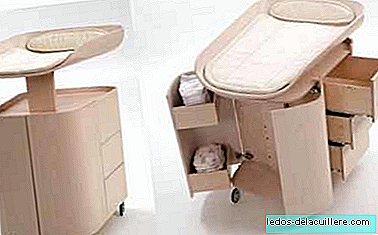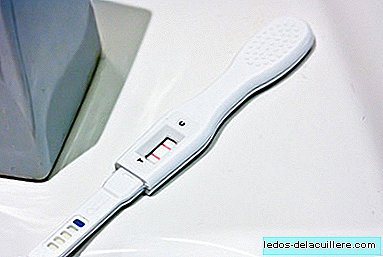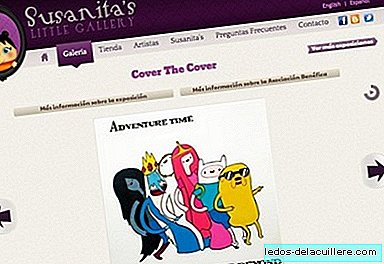
When a baby is born, the junction between the newborn and his mother (the umbilical cord) is cut. If the navel is the memory we have left outside, what happens inside our bodies?
Our navel is a lifelong reminder that we were once connected and depended on our mother as we floated like a little astronaut in our liquid universe. Humans have always been fascinated by the umbilical cord, especially the navel because it is the part that remains in our body. There are still interesting traditions to celebrate and attend during the physical separation of the umbilical cord, which is probably the first toy of a child, since they are sometimes caught playing with it on ultrasound.
Umbilical cord cutting is one of the most common surgical procedures today and is a process that almost all humans have had to go through. Recent scientific research has led experts to rethink what is the best time to cut the umbilical cord after birth, since there is evidence that the newborn can receive up to 80-100 milliliters more blood (almost a third of his total volume) if we delay the process of umbilical cord separation in three or more minutes. Not only is it about receiving more blood, but this extra blood has a positive impact on the baby's development.
The umbilical cord is formed during the early stages of pregnancy and grows due to the baby's continuous movements until reaching 50-70cm. The more the baby moves, the longer the umbilical cord will be.The umbilical cord is formed by a large vein and two smaller arteries: the vein is responsible for transporting the blood with oxygen from the mother to the baby and the arteries transport the blood without oxygen and other wastes in the baby's blood to the mother. The umbilical cord is part of the placenta and is not directly connected to the mother's blood system.
The placenta acts as a very complex filtering system and the umbilical cord is immersed in a mucous substance known as Wharton's jelly that serves to protect the blood vessels from compression that occurs when the baby moves or when it is born, something like that Like an airbag from the placenta. Therefore, if the cord is around the baby's neck when it is born, it is not usually a problem (something that happens often).

At some point after delivery, the umbilical cord stops exercising its function of transporting blood between the mother and the baby. Once the umbilical cord has been clamped and cut, the rest that remains in the baby becomes black during the first week of life and ends up detaching itself to leave us our beloved navel.
Surely, the topic of conversation between a group of friends about who has the “inside” or “out” belly button has come up and during pregnancy many women curiously observe how the belly button changes as their belly grows. We make jokes about belly button fluff and some people get a piercing to decorate it, but is it more than just a reminder of how we get to the world?
When the baby is born and breathes for the first time, the blood enters the lungs that until then had been inactive (they were full of fluids). An amazing change in the baby's circulatory system occurs when the two arteries of the umbilical cord contract to stop the flow of blood to the placenta and the vein closes gradually.
 Umbilical Cord Cross Section
Umbilical Cord Cross Section In its internal part, the veins and arteries of the umbilical cord close and form ligaments (resistant connective tissues) that divide the liver into sections and remain inside the navel.
The part of the umbilical arteries closest to the umbilicus degenerates into ligaments that have no real use, although the innermost part becomes part of the circulatory system and is located in the pelvis where it carries blood to some parts of the bladder, the uterus and the vas deferens (a duct for sperm in men).
Rarely, a conduit is established that directly connects the bladder with the navel, something very rare that would cause urine leakage through the navel and that requires surgical intervention after delivery.
Have you ever played with a finger in the navel and noticed a tickle in the area of the bladder and pelvis? Now you know where it comes from. What was once a highway of blood from mother to baby, are now ligaments and blood connections in other internal parts of your body.
So the next time someone tells you to stop looking at your belly button you can tell him how interesting it can be.
Author: Professor of Obstetrics, Western Sydney University.
This article has originally been published in The Conversation. You can read the original article here.
Translated by Silvestre Urbón.












